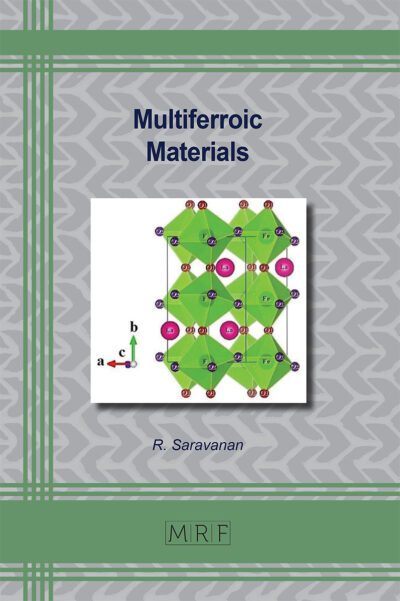Heat Treatment inside the HIP Unit
Nils Wulbieter, Anna Rottstegge, Daniel Jäckel, Werner Theisen
download PDFAbstract. The possibility of combining densification or compaction of steel parts with a heat treatment has recently evolved due to the production of HIP units with a rapid quenching device. Several studies have already been performed to assess the cooling speed and show possibilities for heat-treating steels. It has already been shown that several alloyed steel grades could be hardened by quenching inside a HIP unit. This study aims to characterize the impact of high isostatic pressure during austenitization and quenching on the transformation behavior and resulting microstructure of hardenable steels. The effect of pressure during quenching was studied using two methods. The first method is to measure the latent heat inside the transforming steel during isothermal holding. The release or uptake of energy reveals information about the transformation sequence taking place. The second method is to use the electrical resistivity of a steel as a sensitive indicator for the existing phases and solution state of the steel during continuous cooling after austenitization. Both experimental methods reveal that an isostatic pressure of 170 MPa is sufficient to shift the transformations to longer times and lower temperatures and hence increase the hardenability of hardenable martensitic steel.
Keywords
HIP, Heat Treatment, Phase Transformation, Hardenability, Latent Heat, Electrical Conductivity
Published online 2/11/2019, 6 pages
Copyright © 2019 by the author(s)
Published under license by Materials Research Forum LLC., Millersville PA, USA
Citation: Nils Wulbieter, Anna Rottstegge, Daniel Jäckel, Werner Theisen, Heat Treatment inside the HIP Unit, Materials Research Proceedings, Vol. 10, pp 73-78, 2019
DOI: https://dx.doi.org/10.21741/9781644900031-10
The article was published as article 10 of the book Hot Isostatic Pressing
![]() Content from this work may be used under the terms of the Creative Commons Attribution 3.0 licence. Any further distribution of this work must maintain attribution to the author(s) and the title of the work, journal citation and DOI.
Content from this work may be used under the terms of the Creative Commons Attribution 3.0 licence. Any further distribution of this work must maintain attribution to the author(s) and the title of the work, journal citation and DOI.
References
[1] Ahlfors, M.: “The Possibilities and Advantages with Heat Treatments in HIP”, Proceedings of the 11th Conference on hot isostatic pressing, Stockholm (2014).
[2] Mashl, S.J., Eklund, A. and Ahlfors, M.: “Evaluation of Ultra-High Gas Pressure Quenching During HIP”, Proceedings of the 28th ASM Heat Treating Society, Detroit (2015).
[3] Weddeling A., Wulbieter, N., Theisen, W.: “Densifying and hardening of martensitic steel powders in HIP units providing high cooling rates. Powder Metallurgy 59 (1) (2016) pp. 9-19. https://doi.org/10.1080/00325899.2015.1109803
[4] Rottstegge, A.: “Strukturbildungsprozesse von Eisenbasislegierungen beim heißisostatischen Pressen”, PhD thesis, Ruhr-Universität Bochum (2017).
[5] Angré, A., et al.: Phase transformation under isostatic pressure in HIP. Powder Metallurgy 60 (3) (2017) pp. 167-174. https://doi.org/10.1080/00325899.2017.1318479
[6] Watson, T.W., Flynn, D.R. and Robinson, H.E.: “Thermal Conductivity and Electrical Resistivity of Armco Iron”, Journal of Research of the National Bureau of Standards 71C (4) (1967) pp. 285-291.
[7] Klein, S. et al.: “Diffusion process during cementite precipitation and their impact on electrical and thermal conductivity of a heat-treatable steel”, J Mater Sci 52 (2017) pp. 375-390. https://doi.org/10.1007/s10853-016-0338-1
[8] Nilan, T.G.: “Morphology and kinetics of austenite decomposition at high pressure”, Transactions of the Metallurgical Society of AIME 239 (6) (1967) pp. 898-909.
[9] Kakeshita, T., Saburi, T., Shimizu, K.: “Effects of hydrostatic pressure and magnetic field on martensitic transformations”, Materials Science and Engineering A 273-275 (1999), pp. 21-39. https://doi.org/10.1016/S0921-5093(99)00287-7













